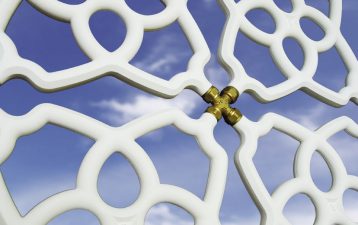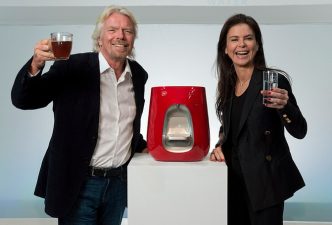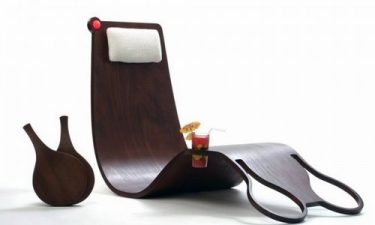It’s been a mystery: how can our teeth withstand such an enormous amount of pressure, over many years, when tooth enamel is only about as strong as glass?
A new study by Prof. Herzl Chai of Tel Aviv University’s School of Mechanical Engineering and his colleagues at the National Institute of Standards and Technology and George Washington University gives the answer. And it has applications in the field of green aeronautics.
The researchers applied varying degrees of mechanical pressure to hundreds of extracted teeth, and studied what occurred on the surface and deep inside them.
The study, published in the May 5, 2009, issue of the Proceedings of the National Academy of Science, shows that it is the highly-sophisticated structure of our teeth that keeps them in one piece — and that structure holds promising clues for aerospace engineers as they build “greener” aircraft and space vehicles of the future.
“Teeth are made from an extremely sophisticated composite material which reacts in an extraordinary way under pressure,” says Prof. Chai. “Teeth exhibit graded mechanical properties and a cathedral-like geometry, and over time they develop a network of micro-cracks which help diffuse stress. This, and the tooth’s built-in ability to heal the micro-cracks over time, prevents it from fracturing into large pieces when we eat hard food, like nuts.”
News the aviation industry can bite into
The automotive and aviation industries already use sophisticated materials to prevent break-up on impact. For example, airplane bodies are made from composite materials — layers of glass or carbon fibers — held together by a brittle matrix.
In teeth, though, fibers aren’t arranged in a grid, but are “wavy” in structure. There are hierarchies of fibers and matrices arranged in several layers, unlike the single-thickness layers used in aircrafts. Under mechanical pressure, this architecture presents no clear path for the release of stress.
Therefore, “tufts” — built-in micro cracks — absorb pressure in unison to prevent splits and major fractures. As Prof. Chai puts it, tooth fractures “have a hard time deciding which way to go,” making the tooth more resistant to cracking apart. Harnessing this property could lead to a new generation of much stronger composites for planes.
Prof. Chai, himself an aerospace engineer, suggests that if engineers can incorporate tooth enamel’s wavy hierarchy, micro-cracking mechanism, and capacity to heal, lighter and stronger aircraft and space vehicles can be developed. And while creating a self-healing airplane is far in the future, this significant research on the composite structure of teeth can already begin to inspire aerospace engineers — and, of course, dentists.
Read more on biomimicry here.
And more on green aviation:
Israel’s IAI Joins Europe to Make “Clean Skies” and Greener and Quieter Aircraft
NASA Abandons Flying Cars for Greener Flight with a $1.5m Prize for Green Plane Innovation
Etihad Airways Joins Qatar Airways In Bid To Cut Greenhouse Gas Emissions





Really cool! I never knew about this!